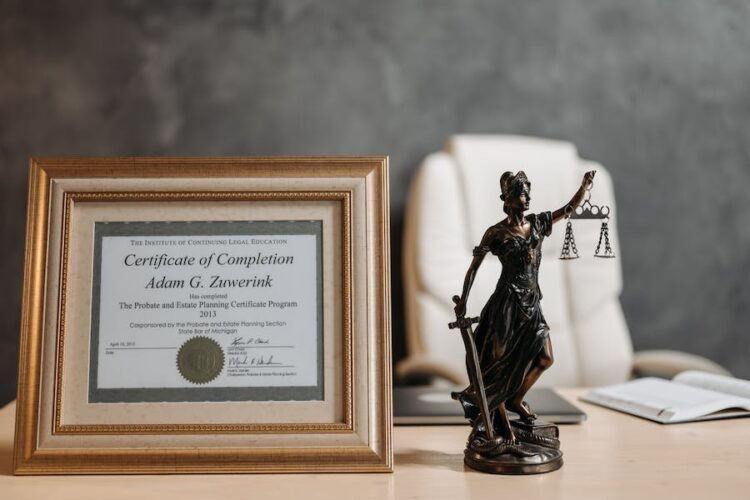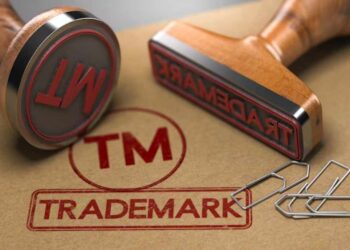Navigating the intricacies of Department of Transportation (DOT) regulations can be daunting for businesses. These regulations encompass a broad range of safety, operational, and compliance standards designed to ensure the safe and efficient transportation of goods and people.
Businesses must understand these regulations and implement effective strategies to ensure compliance. Keep reading to learn about best practices for navigating DOT regulations and ensuring your business remains in compliance.
Familiarize Yourself With The Regulations
The first step in navigating DOT regulations is to familiarize yourself with the regulations that apply to your industry. The DOT has different regulations for various modes of transportation, including air, rail, road, and water. It’s important to understand which regulations apply to your business and stay up-to-date on any changes or updates.
You can access the DOT regulations on their website or consult a compliance expert. It’s also important to note that some industries may have additional regulations imposed by other regulatory bodies.
For example, the Federal Motor Carrier Safety Administration states that businesses engaged in interstate transportation of passengers or freight using commercial vehicles must register with the FMCSA and obtain a USDOT Number. It’s crucial to research and understand all applicable regulations for your business.
Review All Applicable DOT Regulations
If your business operates in multiple modes of transportation, it’s essential to review all applicable DOT regulations thoroughly. For example, if your business operates commercial vehicles and trains, you must comply with the regulations set forth by the FMCSA and the Federal Railroad Administration.
It’s not enough to only focus on one mode of transportation; businesses must ensure compliance with all applicable regulations to avoid penalties and maintain safety. If you use DOT vinyl decals on your vehicles or equipment, ensure they comply with the requirements.
The vinyl decals should prominently showcase accurate and up-to-date, easily readable information. Moreover, drivers should be able to present the inspection report as documentation if needed. Ensure your decals are in good condition and properly displayed.
Train Your Employees on DOT Regulations
Ensuring the proficiency and safety of your drivers, especially those seeking a license to drive class B vehicle, plays a critical role in compliance. This additional step not only beefs up the knowledge base within your team but also significantly minimizes the risk of violations that could arise from being unaware of the latest DOT regulations.
Employee training is a crucial aspect of DOT regulations compliance. It’s not just about teaching rules; it’s about cultivating a culture of safety and adherence within your organization.
Here are some key points to consider:
- Develop comprehensive training programs that cover all relevant DOT regulations applicable to your business operations.
- Include practical scenarios and examples in the training to help employees understand and better apply the regulations.
- Regularly update the training content to reflect any changes or updates in DOT regulations.
- Ensure new hires receive this training as part of their onboarding process and existing employees receive refresher courses regularly.
- Invest in tools or resources to help employees easily refer to the regulations when needed.
- Encourage open communication and a feedback system for employees to report potential violations or concerns.
Conduct Regular Audits and Inspections
Conducting regular audits and inspections to ensure compliance with DOT regulations is crucial. These audits can help identify potential issues or violations, allowing businesses to address them promptly.
Some key areas to focus on during audits include:
- Vehicle maintenance and safety protocols
- Driver qualifications and training records
- Pre-employment and random drug and alcohol testing programs
- Policy or program for drug and alcohol misuse prevention
- Proof of driver’s license for commercial motor vehicle drivers
- Insurance and liability coverage
It is worth mentioning that the Department of Transportation conducts regular audits to verify companies’ compliance with regulations. Companies with significant violations face the greatest risk of being audited.
Being proactive and conducting regular audits is crucial to prevent penalties and ensure safety. Staying ahead of the game and maintaining compliance with regulations is imperative.
Prioritize Safety and Training
Now that you know some best practices for navigating DOT regulations, it’s essential to prioritize safety and training within your organization. By implementing these best practices and regularly reviewing and updating your strategies, you can ensure the safe transportation of goods and people while avoiding penalties and maintaining a positive reputation.
For instance, investing in regular safety training for drivers and observing DOT regulations can reduce the risk of accidents, keeping your employees and cargo safe. It also demonstrates a commitment to compliance, increasing trust between you and your customers.
The DOT’s High Priority Safety Enforcement Training (HP-SET) Grant Program offers funding for creating and implementing motor carrier safety training for non-federal employees involved in CMV enforcement tasks. It’s another valuable resource to consider for training your employees on DOT regulations.
Compliance is not just about following rules; it’s about protecting your business and those who work within it. With proper understanding and adherence to DOT regulations, you can navigate the transportation industry with confidence and success.
Monitor the Latest Updates and News Releases
Staying informed about the latest updates and news releases from the Department of Transportation (DOT) is crucial for maintaining compliance and adapting to regulation changes. This will help you understand any new requirements or changes to existing regulations that may affect your business operations.
Here are some practices to help you stay current:
- Regularly Check the DOT Website: The official DOT website is a valuable resource for the most current regulation information. Periodically check for updates and revisions to regulations that may impact your business. The website often provides downloadable resources and guides for easy reference.
- Follow DOT Social Media Channels: Many regulatory agencies use social media platforms to share real-time updates. Consider following the DOT on platforms like Twitter or LinkedIn to receive immediate notifications and links to important announcements.
- Set Up Google Alerts: Create Google Alerts for relevant keywords related to DOT regulations and your specific industry. This way, you can receive email notifications whenever new articles, press releases, or updates are related to your areas of interest.
- Engage with Industry Associations: Joining industry associations related to transportation can provide valuable insights. These associations often share updates and analyses on transportation sector regulatory changes. Participate in forums and discussions to stay abreast of industry perspectives.
- Consult with Experts: If you are unsure about a particular regulation or change, consider consulting with experts in the industry. Legal and compliance professionals can provide valuable guidance on navigating complex regulations and ensuring compliance.
Steer Your Way to DOT Compliance
Adhering to DOT regulations is vital for any organization within the transportation industry. It ensures safety, avoids penalties, and builds trust with customers. Regular training and staying updated on regulatory changes are key. Remember, compliance is less about rules and protecting your business and its people.










